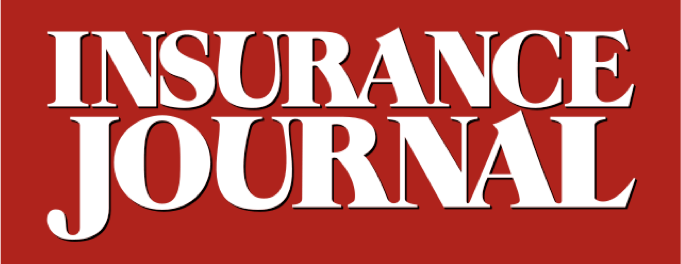A report from S&P’s rating services notes that “after revising its insurance criteria earlier this year”, the rating agency “affirmed more than 91 percent of its global ratings, raised 7 percent, and lowered 2 percent. The regional and global differences in insurance ratings are discussed more fully in a report released today titled, Around The World Of Insurance: A Global Review Of Ratings.”
S&P said “more than half of our global indicative stand-alone credit profiles are concentrated in the ‘a’ range, led by North America, Western Europe, and Asia-Pacific (APAC). Central & Eastern Europe/Middle East/Africa is at ‘bbb’ and Latin America is between ‘bbb’ and ‘bb’.
“One explanation for the divergence between the higher- and lower-rated regions is their respective insurance industry and country risk assessments (IICRAs), with North America, Western Europe, and APAC having generally more favorable IICRAs.”
Credit analyst Patricia Kwan noted: “The majority of ratings globally have stable outlooks, although there is a slight negative bias led by insurers exposed to sovereign-related downside risks or low interest rates.
The report is available to subscribers of RatingsDirect at www.globalcreditportal.com and at www.spcapitaliq.com. If you are not a RatingsDirect subscriber, you may purchase a copy of the report by calling (1) 212-438-7280 or sending an e-mail to research_request@standardandpoors.com. Ratings information can also be found on Standard & Poor’s public Web site by using the Ratings search box located in the left column at www.standardandpoors.com. Members of the media may request a copy of this report by contacting the media representative provided.
Source: Standard & Poor’s
Topics Europe
Was this article valuable?
Here are more articles you may enjoy.


 US E&S Outlook No Longer Positive: AM Best
US E&S Outlook No Longer Positive: AM Best  Acrisure to Buy MGA Vave From Canopius
Acrisure to Buy MGA Vave From Canopius  Baldwin Group to Buy CAC Group for About $1B in Cash and Stock
Baldwin Group to Buy CAC Group for About $1B in Cash and Stock  Brookfield Targets Global Dominance in P/C Insurance Coverage
Brookfield Targets Global Dominance in P/C Insurance Coverage 

